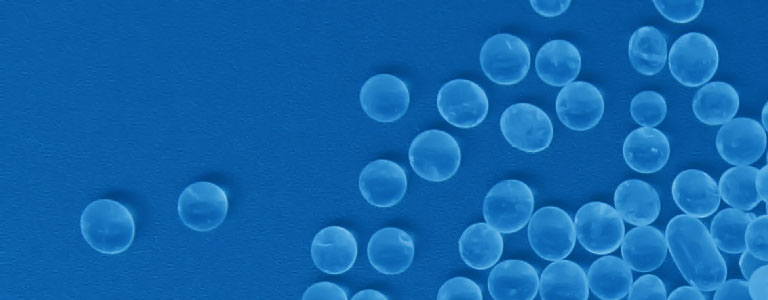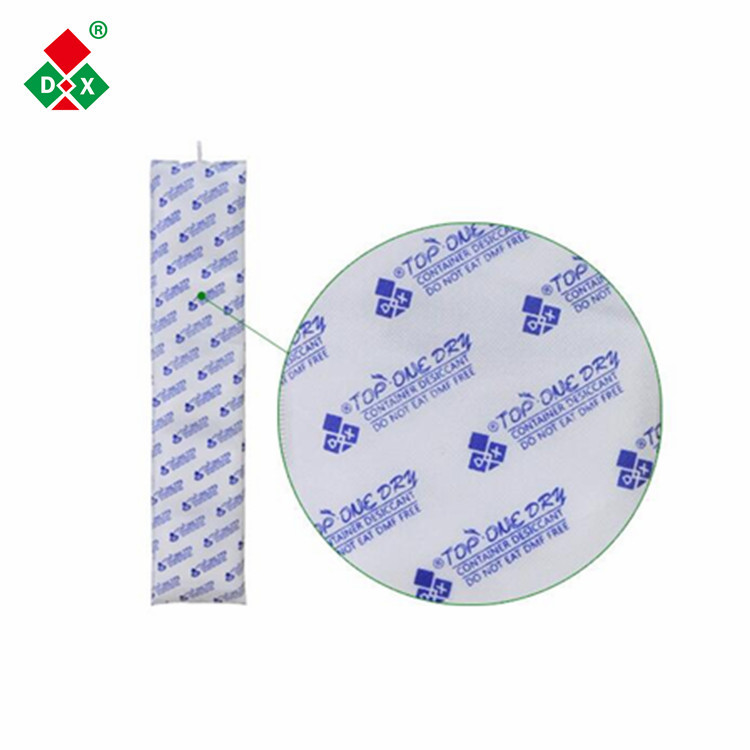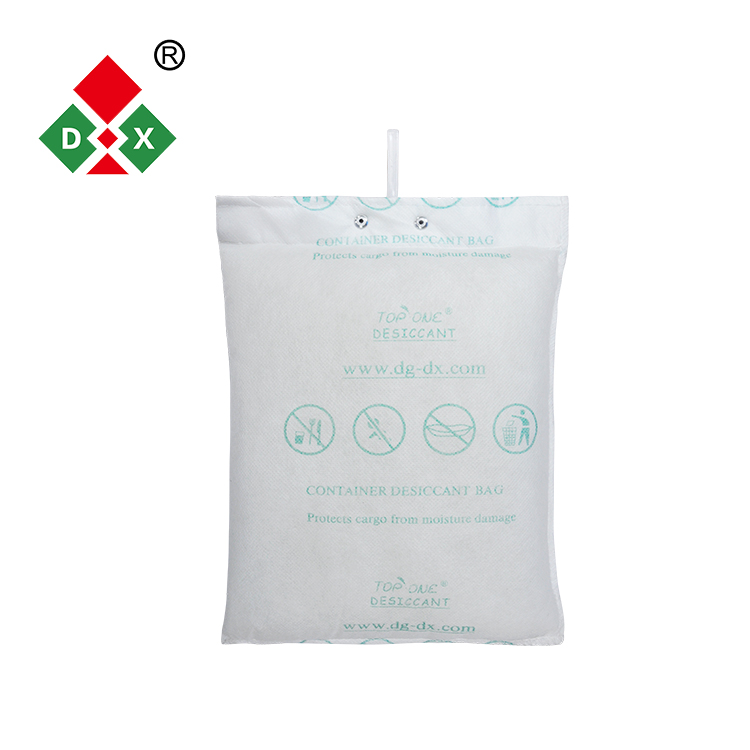

In the process of ocean shipping or storage of containers, containers often experience a high humidity climate in the ocean and a strong temperature difference between day and night, and the humidity will be as high as 98%. The high-temperature water rich in water vapor sealed in the container during the day, and at night due to the temperature reduction, the water vapor reaches super saturation, and the water vapor in the container will condense into water droplets. Water will have a serious impact on the cargo in the container or the outer packaging of the cargo.
For example, when the temperature is 30 ℃, the water content in the air can often reach 31.6g / m3. When the temperature is lowered from 30 ℃ to 18 ℃, the water vapor content will drop to about 16.4 g / m3. Other water vapor condenses into water.
In this case, the container desiccant can effectively prevent condensation, and fundamentally solve the container damage caused by moisture. After studying such a huge and special container made of iron, Shenzhen Minghui container desiccant researchers believe that the fundamental role of container desiccant is not to control the humidity in the container, but to reduce the dew point temperature. .
The following theoretically illustrates the cause and process of dew generation through several examples
Before that, let ’s explain a few terms:
1. Relative humidity: The humidity referred to in daily life is relative humidity, expressed as% rh. Relative humidity is the percentage of the amount of water vapor (water vapor pressure) in a unit volume of gas (usually in air) and the amount of saturated water vapor (saturated water vapor pressure) under the same conditions.
2. Absolute humidity: The mass (g) of water vapor contained in the gas per unit volume (usually 1m3).
3. The gas with a higher dew point temperature has more water vapor. After cooling the gas, even if the amount of water vapor does not change, the relative humidity increases. When it reaches a certain temperature, the relative humidity The humidity reaches 100% saturation. At this time, if cooling is continued, part of the water vapor will condense into dew. The temperature at this time is the Dew Point Temperature. Frost point is when the dew point freezes below 0 ° C.


